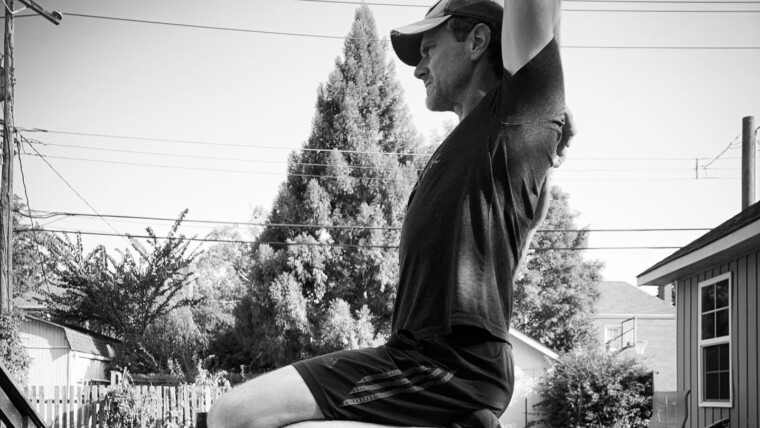“If you aim at nothing you’ll hit it every time.” Zig Zigler.
If you’re looking to get the most out of your ruck training, or you have a specific goal you’re working on like getting ready for a GORUCK Star Course or crushing this month’s rucking challenge, then you need to make the goal clear by writing it down.
But, what makes for a good rucking goal?
Let’s take a look at how you can apply SMART goals to improve your rucking.
Goals and Performance
Goals are a great way to gain insight into when and how you want to progress.
As the quote at the start of the post points out, you’ve got to have something to aim at in order to improve. And that’s where SMART goals come into place. They give you a framework for moving forward and getting the most out of your training.
SMART Goals
A great way to set goals is by using the SMART-principle. This stands for:
Specific
Measurable
Achievable
Relevant
Time-bound
Specific means that you want to create a goal for one thing, and one thing only. When we add too many variables or goals, then we get diluted in our training and performance.
Measurable means that you incorporate something to measure it by. For rucking, this can be things like pace, weight, and or distance that you want to improve.
Achievable is about setting a goal that is realistic. For example, rucking 12 miles in 1 hour is impossible. Also, if you only give yourself 2 weeks to double your rucking distance from 10 to 20 miles, that’s not going to work either. Similarly, if you currently ruck with 10#, you’re probably not going to be able to ruck with 100# next week. So, your goal has to be something that you can realistically achieve.

Relevant goals are in line with your life and objectives. While having a 600-pound deadlift is pretty freaking rad, it would not be a particularly relevant goal for someone who wants to have a faster rucking pace.
Finally, time-bound is about the importance of pinpointing a moment that you want to achieve your goal. Having a “due date” will keep you honest in your training.
Together, all the aspects of the SMART goal will help you to create clear goals.
Applying SMART goals
So, now on to the good stuff. How do you apply the SMART principle?
Let’s say, at this moment you ruck 12 miles in 4 hours. But you’d like this to be 12 miles in 3:30 hours.
In SMART this would be: “I want to be able to ruck 12 miles within 3 hours and 30 minutes 6 weeks from now.”
You could make this goal even more specific by stating the amount of weight you carry in your ruck. Or the number of breaks you take.
In that case, the goal would be: “I want to be able to ruck 12 miles within 3 hours and 30 minutes. While carrying 30 pounds in my ruck and resting no more than 4 times, 6 weeks from now.”
The more specific you make your goal, the easier it is to know when you achieved it.
The next thing you could do is to think of what you need to do to make this goal happen.
Do you need more strength, or do you need more stamina? Or, do you think it’s important that you ruck more often?
If that’s the case, then a great sub-goal would be: “I want to take part in rucks of at least 10 miles with 30 pounds in my ruck. Every Saturday for 6 consecutive weeks.”
Take home message
If you set SMART goals, you can improve your performance efficiently. You’ll have a better overview of what you need to do and when you want to achieve it.
Also, it’s a great way to stay motivated together with your buddies.
What are some rucking goals you have? Sound off in the comments below.
Photo Credit: Beth Sundquist








Best Rucking Backpacks List
What are the Best Shoes for Rucking?
Rucking for Weight Loss: A Comprehensive Guide
Rucking for Beginners: A Complete Guide to Getting Started
What is Rucking?
Is Rucking Better Than Running?
Best Rucking Backpacks List
How Many Calories Do I Burn Rucking?